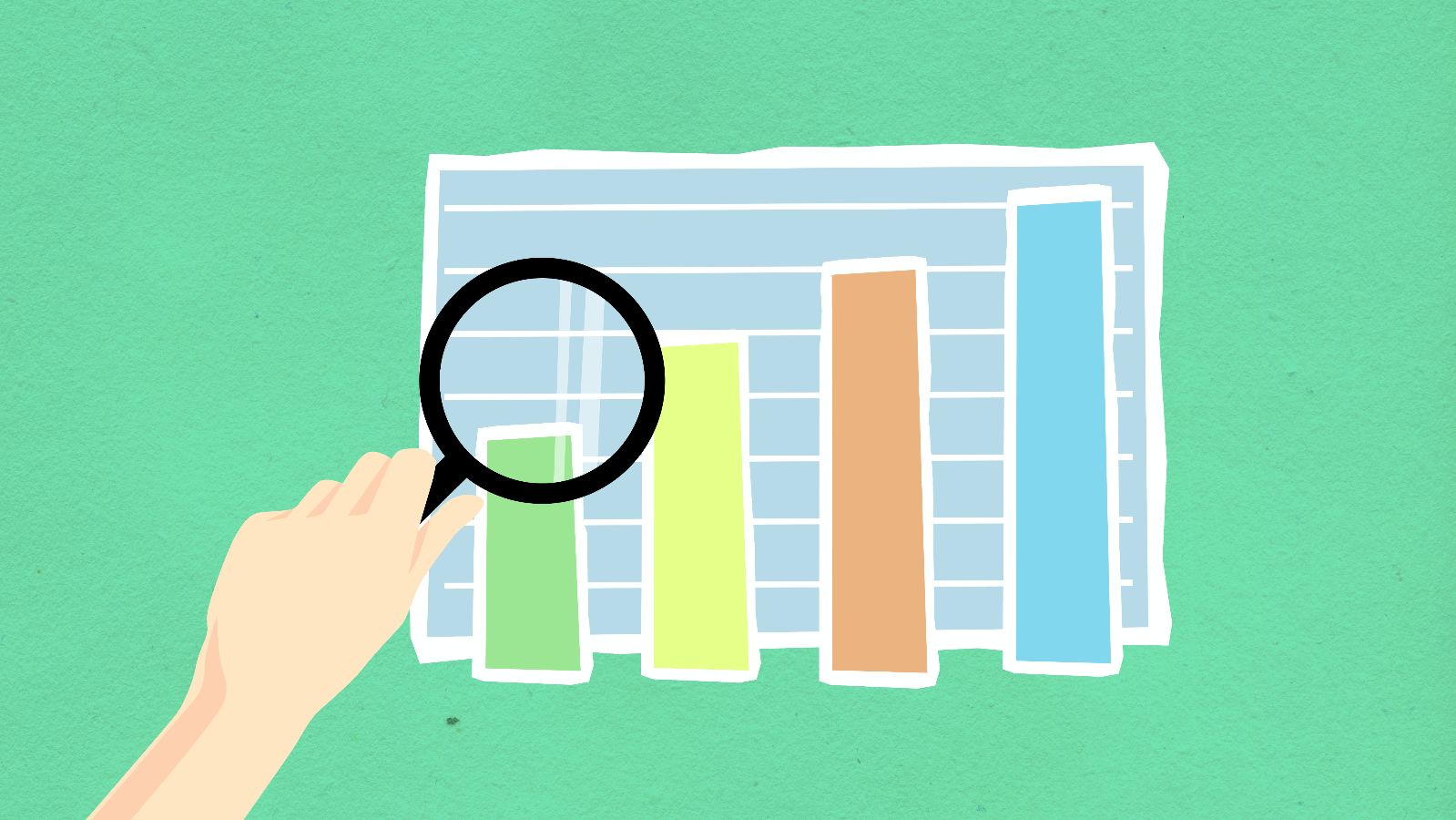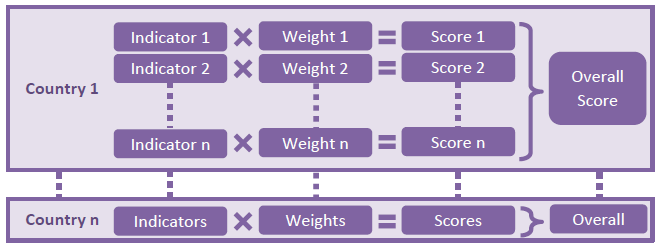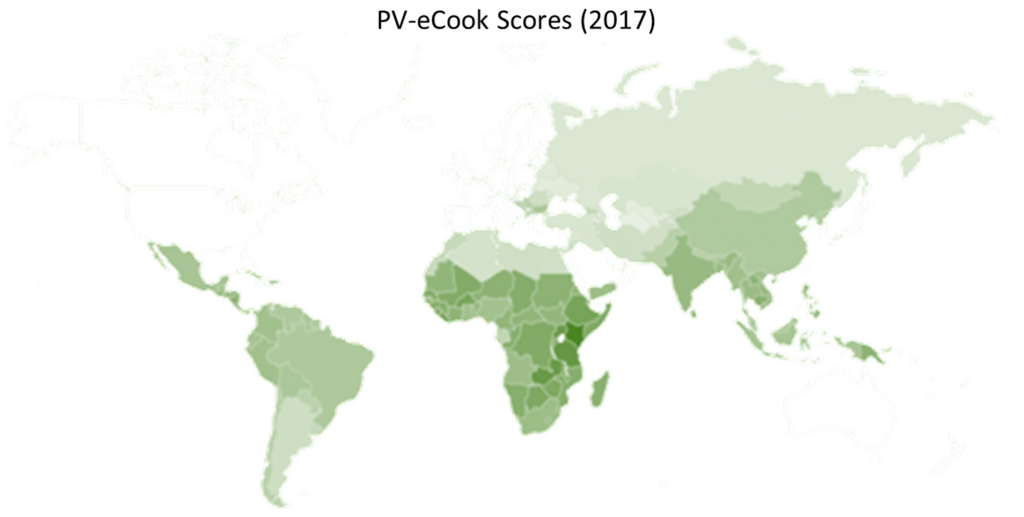
- Date
- 16th September 2020
- Categories
By William Coley, University of Strathclyde.
To better understand the viability of a scale up of electric cooking across the global south[1], the University of Strathclyde are revising and updating the “eCook Global Market Assessment (GMA)” carried out in 2017. Outputs will include a database of indicators (including fuel price data gathered from a survey which you are invited to complete and share, see below) and global ranking representing the potential for scaling up electric cooking in a country which will be accessible to all visitors of the MECS website via an online visualisation tool. The updated GMA will also draw on the experiences and expertise of the continuously growing MECS network to produce fact-sheets for countries of particular interest demonstrating their potential and providing recommendations on how to affect an accelerated transition to electric cooking. To provide advice and ensure that project deliverables are as useful as possible, regular steering group meetings are being held between the project researchers, representatives from MECS and external stakeholders.
GMA methodology.

Data collection.
To understand the potential for an accelerated scale up of electric cooking across the global south, a list of key factors which influence electric cooking’s viability in “on-grid”, “off-grid” and “mini-grid” scenarios is being developed, from a range of spheres including environmental, economic, social and political.
This list is then used to construct a database of indicators to represent these factors, drawing on a variety of secondary sources including: ESMAP, World Bank, World Health Organisation, International Energy Agency, World Economic Forum, Social Progress Imperative, and GOGLA. For example: ESMAP Tracking SDG7 data on “percentage of population using clean fuels for cooking” will be used to represent the proportion of the target country which could transition to electric cooking; and Global Findex data on “adults who made or received digital payments in the last year” will be used to represent the viability of pay-as-you go financing models for electric cooking systems.
Fuel price survey – we need your help!
An important factor when assessing the viability of electric cooking over existing cooking solutions is the relative cost of cooking, which amongst other factors, is contingent upon fuel prices and cooking practises. However, currently there is not a publicly available, global dataset for the price of LPG, charcoal and kerosene. As such, we are kindly asking that you complete and/or share the short survey at the link below, to record fuel price data for your country/countries of work. The survey also includes a short section on the staple dishes cooked in your country which will help to estimate the energy requirements of cooking the most commonly cooked foods. Please share the survey with your contacts in your country of work, as well as in other countries, so a complete global database of fuel prices may be created. All data provided will be freely available to all when collection and collation is complete.
Please click here to complete the survey.
Data processing.
After completing the database of indicators, each indicator will be weighted according to its importance for the scale up of electric cooking in each scenario (on-grid, off-grid and mini-grid). The weightings will be determined through consultation with the steering group and other MECS researchers, partners and external experts, using multi-criteria decision analysis (MCDA) techniques. For each country, the values for each of the indicators will be multiplied by their respective weights and summed to produce an overall score (as shown in infographic below) and rank as to the potential for the scale up of electric cooking in each country (see graphics from 2017 GMA below).



Next steps.
A draft list of indicators will soon be reviewed by the steering group, allowing the database of indicators to be populated including the data collected from the fuel price and cooking practises survey.
Further detail about the online visualisation tool and factsheets will follow in subsequent posts.
If you have any questions, suggestions or would like more information, please contact william.coley@strath.ac.uk.
[1] All countries on the “DAC list of ODA recipients” will be included in the analysis.